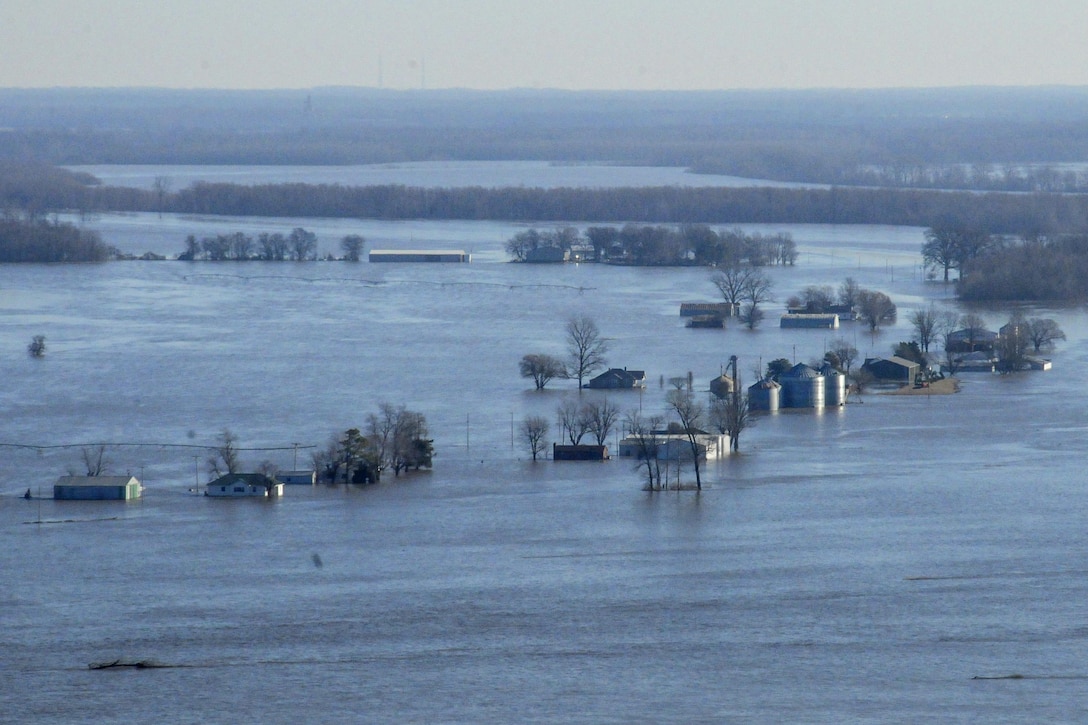
Paradigms like “the right-project in the right place” have been proposed to make hydropower more sustainable by selecting low-impact / high-benefit dam sites. But what is a good strategy for selecting the right projects and places, and can such strategic hydropower planning really contribute to develop more sustainable hydropower? The February issue of Nature Sustainability “Strategic Planning for Dams” features the research of Rafael Schmitt and Matt Kondolf from UC Berkeley, together with Simone Bizzi and Andrea Castelletti from Politecnicno di Milano (“Improved trade-offs of hydropower and sand connectivity by strategic dam planning in the Mekong” DOI: 10.1038/s41893-018-0022-3). In that paper, we demonstrate that strategic selection of dam sites can greatly improve the trade-offs between hydropower production and dam sediment trapping, one of the key environmental impacts of dams.
The Se Kong, Se San, and Sre Pok form a major tributary basin of the lower Mekong and are a crucial source of sand for the lower Mekong and the Mekong Delta. This sand is of critical importance to build the floodplains of the lower Mekong and the coastline of the Mekong Delta. This sand supply would have been of even greater importance in the future, given that the Mekong Delta, which supports nearly 20 million people, is under substantial danger from rising sea levels and land subsidence (see, for example Schmitt et al. (2017) Losing ground – scenarios of land loss as consequence of shifting sediment budgets in the Mekong Delta
). However, there is also a great need for energy in the basin’s abuting countries. In the 3S basin, countries raced to develop hydropower dams without considering dam cumulative impacts and benefits, or a strategic analysis of which dam portfolios could achieve a given level of hydropower generation with minimal impact on the basin’s sand budget.
In our research, we found that the currently built dam portfolio will trap 90 % of the basin’s sediment load, while exploiting 50 % of the basin’s generation potential. By analysing nearly 17,000 alternative dam portfolios, we found that it would have been possible to generate the same amount of hydropower while trapping less than 20 % of the basin’s sand load. The current dam portfolio includes major dams on the river that carry most sand load. Our alternative portfolio consists of smaller dams in the upper parts of the basin and in rivers that carry naturally less sand.
We hope that our results will motivate additional efforts for building institutional frameworks to streamline strategic system-scale planning into the ongoing hydropower expansion world-wide and hence to find better trade-offs between energy needs and the delivery of fluvial ecosystem services. .


